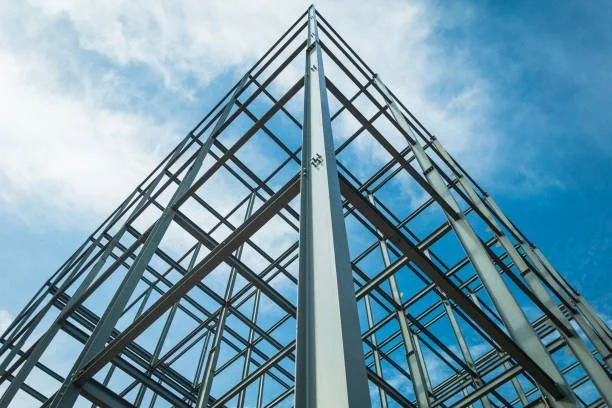The Importance of Including Steel in Your Home’s Structure
RH Business Marketing Solutions
Steel is frequently used in commercial construction, from warehouses to skyscrapers. Builders and architects choose it for strength and durability, and consumers love its sustainability and ability to be recycled. Residential home construction uses steel more than it used to for many of the same reasons. As home builders discover, steel offers shorter build times and improved energy efficiency in many circumstances.
What Is a Steel Structure?
A steel structure is a framework of metal. The structural steel components are interconnected rigidly for load distribution. Steel structures have been used in big construction projects, including airport terminals, bridges, high-rise buildings, and towers for decades. Steel-based construction materials are fabricated into particular compositions and shapes suited to the specifications of project requirements. The forging process involves applying heat or force to steel billets or ingots in solid form so there's a uniform grain structure that boosts the integrity and strength of steel.
The Importance of Including Steel in Your Home’s Structure
When you think of buildings often associated with steel, you envision big, expensive structures captured in postcards or dotting urban skylines. However, that doesn't mean steel has to be expensive to build a home with. Since steel bears more weight than a similar amount of timber, you don't need as much of it. That lowers your building, shipping, and labor costs. The savings keep happening after construction because energy efficiency can come into play and help reduce utility bills. Steel also lasts for a long time without cracking or splitting.
Architects love steel's versatility. Those fabricating it can make various designs and shapes without worrying about losing their strength. Steel is a material that can be simultaneously structurally sound and aesthetically pleasing. Creative construction crews and inspired architects can push the traditional envelope of potential designs without risking structural failures. If you care about the environment, steel can be your friend. The material is sustainable and can be 100% recycled in the future. Most steel available on the market is already comprised of recycled substances.
Perhaps most importantly, steel is renowned for its safety. Most of it is iron and carbon, so you can rest easy at home without worrying about health risks from hazardous chemicals. Steel is resistant to most water and fire damage. It's not indestructible, but it's highly impervious to many situations that could threaten other home materials. When treated with the right coatings, steel's resistance to fire and water damage improves its integrity in the face of natural disasters. Residential structures can also benefit from how resistant steel is to pests, rot, and mold. Any building material resistant to decay and rot needs less treatment and maintenance than wood and timber, so your yearly upkeep costs should be lower.
What Not To Do With Your Home’s Structure
If you choose steel for your home's structure, you pick something incredibly strong and durable. However, that doesn't mean you should take your house's physical structure for granted. There are several things you should avoid so you can preserve your home's foundation and physical integrity. For starters, make sure any renovations or repairs are executed properly. For instance, don't remove load-bearing walls without replacing the prior support. Proper maintenance of HVAC systems is also crucial to avoid cracks in building materials that can lead to structural collapse. Plumbing leaks and roof damage also matter, so avoid them and keep water where it should be instead of destroying your residence.
Your home's foundation is the strength base for steel structuring or any other building material you use. Have it inspected regularly for settling and shifting that can crack ceilings, windows, doors, and walls. If you live in an area prone to termites, you should know that they can eat the wood components of your home. Ensure your home is as prepared as possible and insured for natural disasters
Caring for your home helps it last. Catching issues early on makes them easier and quicker to fix, which minimizes stress in the long run. Proper maintenance also helps you budget your home's upkeep and save money.
Not Your Only Option
Residential homes are built using many different materials. You've just read many of the benefits of steel and how to use it, but remember that it's not your only choice. Traditional materials, including timber, concrete, and brick, are other potential options you should also consider. Each has its benefits and drawbacks. Think carefully about each to find the best building material for your next home.
Written by Taylor McKnight, Author for Riedel-Wilks
